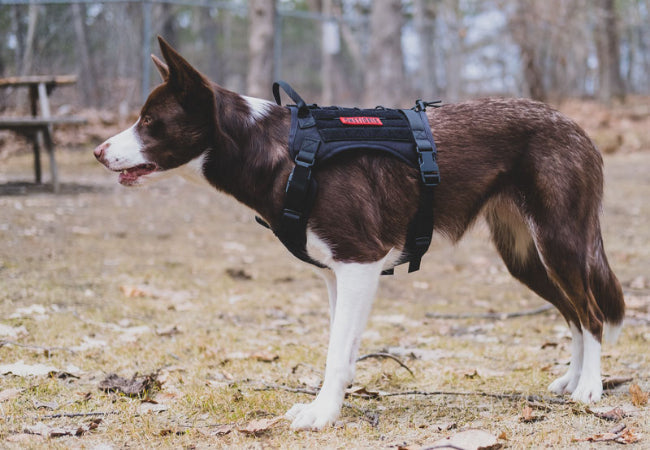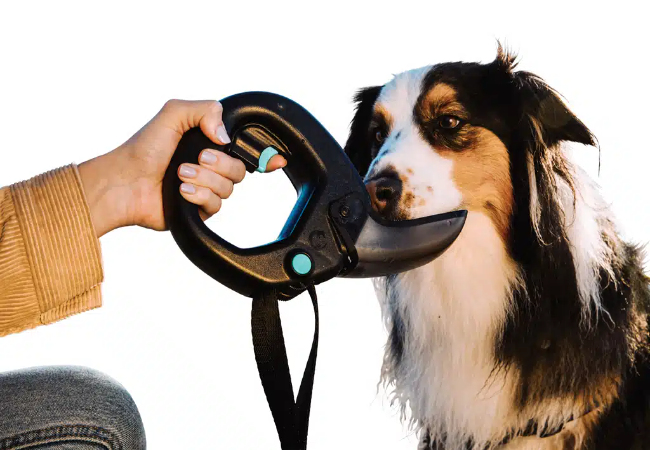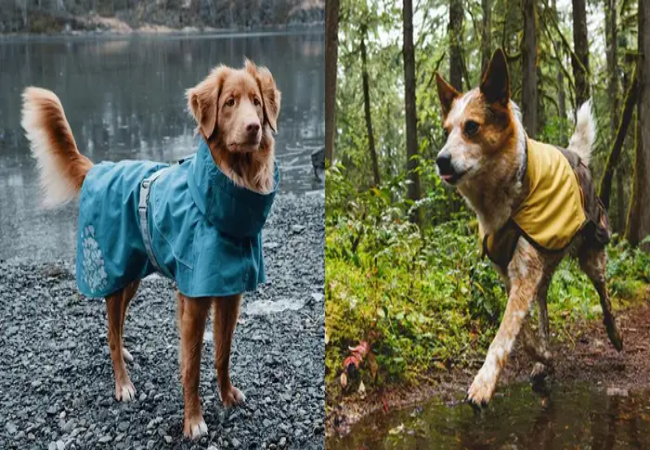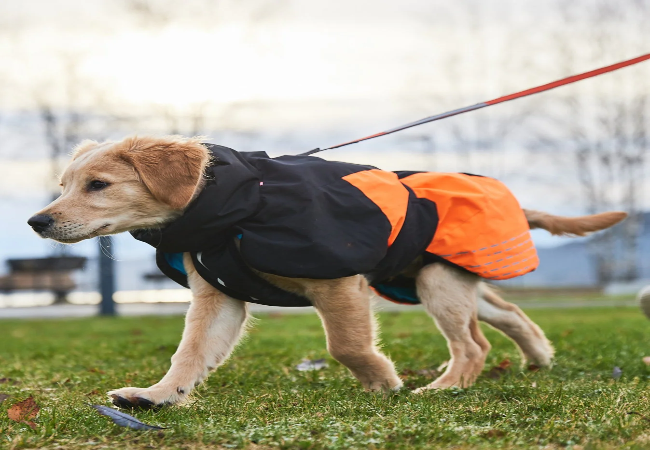Science of the Y Front Harness – Vet Recommended 2025 🐕🔬

In this article
Science of the Y Front Harness – Vet Recommended 2025 🐕🔬
By Dr. Duncan Houston BVSc
Not all dog harnesses are created equal—and one of the most important design differences is the shape. While many pet store harnesses use a straight or step-in strap design, veterinarians and behaviorists increasingly recommend the Y-front harness. But why?
I’m Dr. Duncan Houston, veterinarian and founder of Woopf. I designed the Explorer Harness with a Y-front chest panel after seeing the long-term physical and behavioral damage caused by improperly shaped harnesses.
In this article, I’ll explain the biomechanics behind the Y-front design and why it’s the best option for dogs of all breeds, sizes, and activity levels.
🧠 What Is a Y-Front Harness?
A Y-front harness features a central chest piece shaped like the letter “Y.” The straps run from the shoulders down the chest and between the front legs, meeting under the belly. This shape allows for:
- ✅ Full shoulder and limb extension
- ✅ No pressure on the trachea or sternum
- ✅ Better balance and posture while walking
🚫 Problems With Straight or Horizontal Harnesses
- ❌ Restrict shoulder blades, altering gait over time
- ❌ Cause chafing under the arms
- ❌ Shift or rotate during movement
- ❌ Apply uneven pressure across the chest or spine
Studies have shown that restrictive harnesses can alter a dog’s stride, especially in athletic or high-drive breeds (Elsevier, Applied Animal Behaviour Science, 2019).
✅ Why the Explorer Y-Front Harness Is Clinically Safer
- ✔️ Aligns with natural anatomy, allowing fluid front-leg movement
- ✔️ Reduces risk of soft tissue injuries in shoulders and elbows
- ✔️ Evenly distributes force to reduce pressure on a single point
- ✔️ Reduces panic or resistance in sensitive or fearful dogs
This is particularly important for:
- 🧸 Puppies still developing joint strength
- 🦴 Seniors with arthritis or post-surgical support needs
- 🐾 High-drive dogs with a tendency to pull or overexert
🦴 Y-Front Biomechanics: What the Science Says
-
Gait preservation: Y-front designs allow normal humeral rotation and full stride length (PubMed: Canine Gait & Harness Restriction Study, 2020)
- Lower injury risk: Harnesses that avoid shoulder compression reduce inflammation in working breeds (Journal of Veterinary Biomechanics, 2021)
Dogs that wear poorly designed harnesses long-term often develop compensatory movement patterns that can lead to muscle imbalance or joint wear.
🎽 Explorer Harness: Built to Protect Movement
- ✅ Soft, breathable padding across all major contact zones
- ✅ Four points of adjustment to customize anatomical fit
- ✅ Front clip placement for behavior redirection, not restriction
- ✅ Strong enough for daily wear, soft enough for long walks
📏 How to Tell If a Harness Is Too Restrictive
- 🔴 Dog’s front legs paddle or shorten stride when walking
- 🔴 Harness sits tight against shoulders blades
- 🔴 Chafing in armpits or behind elbows
- 🔴 Dog resists movement or flattens when you clip it on
💬 What Owners Say About Y-Front Fit
“Our rescue struggled with leash walks until we switched to the Explorer. The Y-shape fits her body so much better—no more frozen walks or escape attempts.” – Naomi R.
“We didn’t realize our old harness restricted his movement. With the Explorer, he runs freely and pulls less naturally.” – Jon & Arlo
🎁 Best Gear to Pair With the Explorer Harness
- Bungee Lead – Protects joints with gentle leash feedback
- Dual Pocket Dispenser – Reinforce proper walking posture with treats
Final Thoughts
The Y-front harness isn’t just a design trend—it’s backed by veterinary science and biomechanics. When you choose gear built around how dogs move, you protect their health, their confidence, and their freedom to explore.



